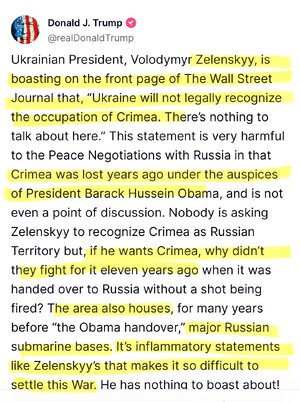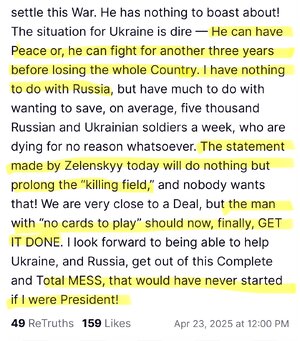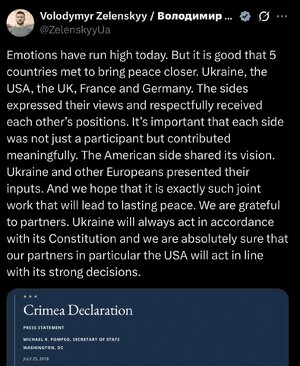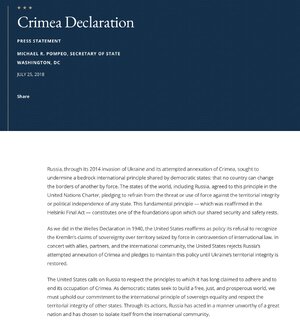Experimental kamikaze FPV drones have been developed that can penetrate spaces previously thought safe

www.theguardian.com
On the battlefields of Ukraine, new sights emerge. Thread-like filaments of wire,
extended across open fields. Netting rigged up between trees along key supply roads. Both are responses to a hard-to-detect weapon able to sneak into spaces previously thought safe, hi tech and low tech all at once.
At a secret workshop in Ukraine’s north-east, where about 20 people assemble hundreds of FPV (first person view) drones, there is a new design. Under the frame of the familiar quadcopter is a cylinder, the size of a forearm. Coiled up inside is fibre optic cable, 10km (6 miles) or even 20km long, to create a wired kamikaze drone.
Capt Yuriy Fedorenko, the commander of a specialist drone unit, the Achilles regiment, says fibre optic drones were an experimental response to battlefield jamming and rapidly took off late last year. With no radio connection, they cannot be jammed, are difficult to detect and able to fly in ways conventional FPV drones cannot.
“If pilots are experienced, they can fly these drones very low and between the trees in a forest or tree line. If you are flying with a regular drone, the trees block the signal unless you have a re-transmitter close,” he observes. Where tree lined supply roads were thought safer, fibre optic drones have been able to get through.
A video from
a Russian military Telegram channel from last month demonstrates their ominous capability. A fibre optic drone, the nose of the yellow cylinder housing the coil clearly visible, flies with precision a few centimetres from the ground, to strike a Ukrainian howitzer concealed in a barn, a location clearly previously considered safe.
Soldiers have quickly come to fear them. Oleksii, a combat medic, working in Pokrovsk, the busiest front in Ukraine’s east, says daytime evacuations of the wounded, already very difficult, have become impossible. “It’s just not happening now there are fibre optic drones. They cannot be jammed and for now they are the main concern for the guys on the frontline,” he said.
But as Fedorenko acknowledges, it is Russia that, at least for now, “is well ahead of us” – largely because Moscow has had greater access to fibre optic cabling, with Ukraine scrambling to catch up. Fibre optic drones were heavily used in Russia’s counterattack in Kursk and experts believe they were an element in Moscow’s success in largely
rolling up Ukraine’s salient in March.
Experts estimate that drones of all types now contribute to about 70% to 80% of military casualties on both sides. As for fibre optic craft, Samuel Bendett, a drone expert with the Center for Naval Analyses, said they appear to be proving useful at the start of an assault, in an environment where cheap remotely piloted vehicles are increasingly taking the place of artillery.

www.theguardian.com




